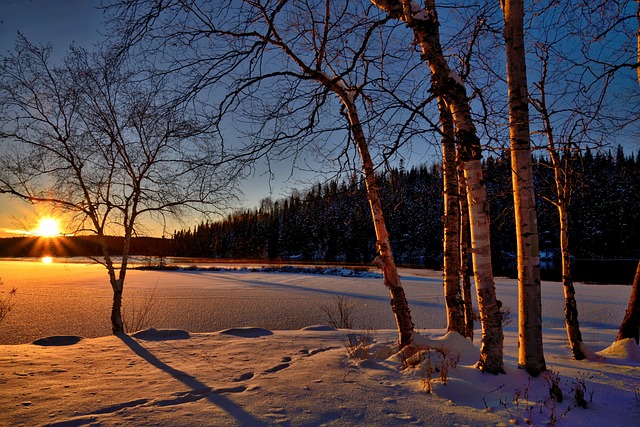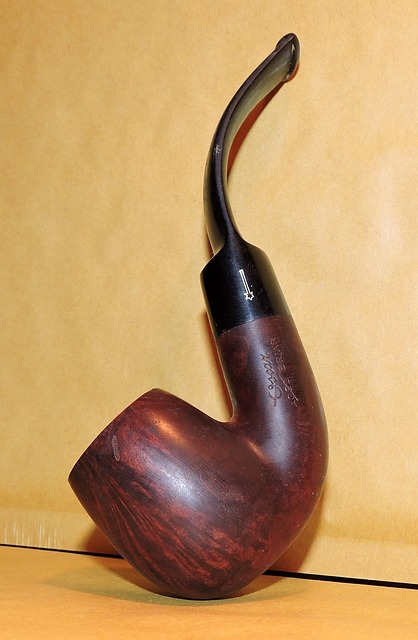To prevent frozen pipes, understand water's freezing point at 32°F (0°C) and insulate pipes near exterior walls, attics, and crawl spaces. Use heat tape or thermal insulation to maintain temperatures above freezing during cold weather snaps. Regularly check for leaks and set thermostats above 55°F (13°C) to ensure adequate heat circulation, focusing on high-risk areas.
In the cold winter months, frozen pipes can cause significant damage and disrupt your home’s water supply. Understanding the freezing point of water is the first step in preventing this problem. This article delves into the science behind pipe freezing, exploring common factors that contribute to it, and most importantly, providing effective strategies to safeguard your plumbing system from freezing temperatures. Discover practical tips on how to prevent frozen pipes and keep your home protected all winter long.
- Understanding the Freezing Point of Water
- Common Factors Contributing to Pipe Freezing
- Effective Strategies to Prevent Frozen Pipes
Understanding the Freezing Point of Water

Water has a freezing point of 32°F (0°C), which is the temperature at which it changes from a liquid to a solid state, turning into ice. This is an important threshold when considering how to prevent frozen pipes during cold weather. Pipes in your home, especially those exposed to lower temperatures or located in exterior walls, attics, or crawl spaces, are vulnerable to freezing.
Understanding that water expands as it freezes is key to preventing pipe damage. When water freezes inside a pipe, the ice can build up and put immense pressure on the surrounding material, potentially leading to bursts or leaks. To combat this, insulate pipes effectively, especially those close to exterior walls, and consider using heat tape or thermal insulation to maintain a consistent temperature above freezing points during cold snaps.
Common Factors Contributing to Pipe Freezing

Pipes freezing is a common issue during colder months, and understanding the factors that contribute to this problem is essential for effective prevention. Several elements play a role in making pipes susceptible to freezing. One primary factor is temperature—when water within pipes drops below its freezing point (32°F or 0°C), it expands as it freezes, putting immense pressure on the pipe’s structure. This can lead to leaks or even pipe bursts if the pressure becomes too great.
Other common factors include poor insulation, especially in older homes, which can accelerate heat loss from pipes, and limited circulation of water within the plumbing system. If certain sections of your plumbing are rarely used, such as those in remote areas or during periods of prolonged inactivity, water may stagnate and be more prone to freezing. Additionally, extreme outdoor conditions, including windy and cold weather, can increase the risk of pipe freezing by decreasing ambient temperatures and enhancing heat loss from pipes exposed to the elements.
Effective Strategies to Prevent Frozen Pipes

To prevent frozen pipes, start by insulating your home’s water lines, especially in areas prone to temperature drops like exterior walls, basements, and attics. This simple step creates a protective barrier, keeping heat inside and preventing water from freezing. Additionally, consider using heat tape or thermal insulation around vulnerable pipes to maintain consistent temperatures.
Regularly checking for leaks is another effective strategy. Even a small leak can increase the risk of freezing by allowing cold air to enter and decrease the surrounding temperature. Addressing leaks promptly also prevents significant damage caused by frozen pipes bursting. Keep thermostats set above 55°F (13°C) when temperatures drop to ensure adequate heat circulation throughout your home, targeting areas where pipes are most at risk.
Understanding the freezing point of water and common factors contributing to pipe freezing is the first step in preventing these inconvenient issues. By implementing effective strategies such as maintaining adequate insulation, keeping thermostats above freezing temperatures, and using heat tapes or thermal shields, homeowners can rest assured their pipes remain unfrozen during colder months. Following these simple yet crucial steps outlined in this article will ensure you know How to Prevent Frozen Pipes and keep your home’s plumbing system running smoothly all year round.
